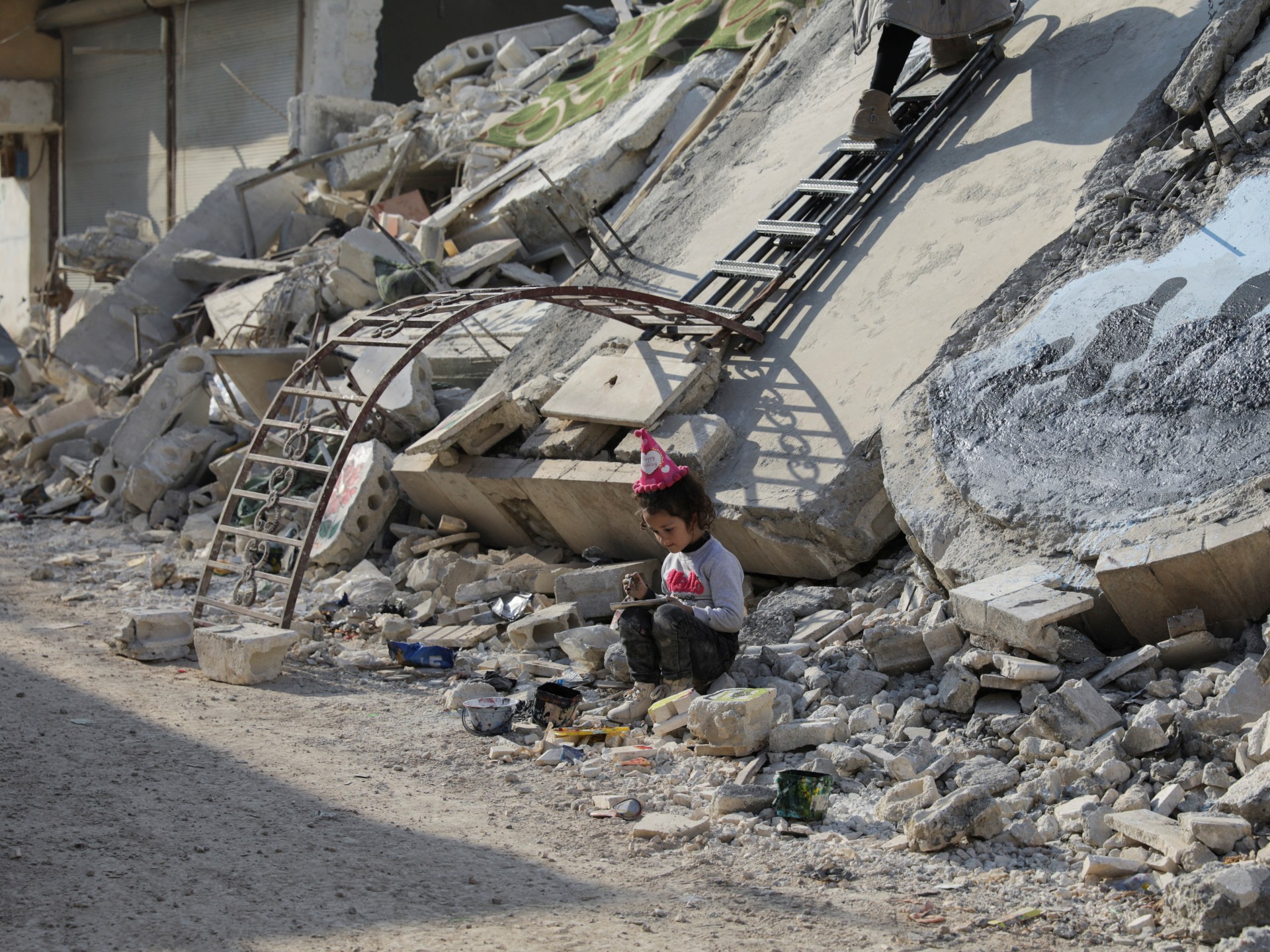The "Syria Response Coordinators" organization reported that the number of UN convoys entering northwestern Syria from various crossings reached 263 trucks, after the devastating earthquake that killed more than 46,000 people in Turkey and Syria.
The organization added that urgent support must be provided with medical materials, surgical supplies and dialysis supplies, noting that the number of people affected by the earthquake in the region exceeded one million.
About 85% of the humanitarian aid enters through the Bab al-Hawa crossing, according to a resolution issued by the UN Security Council (2672).
More than 4 million people live in areas outside the control of the Syrian regime (northwest), about half of whom are displaced, and 90% of them depend on humanitarian aid.
The United Nations aid did not enter through Bab al-Hawa until 3 days after the earthquake occurred, and it consisted of tent equipment prepared before the earthquake and sufficient for only 5 thousand people.
Several reasons delayed the entry of this aid, including damaged roads and damage to relief teams in both countries.
After the earthquake, about 200 aid trucks were sent to northwestern Syria, compared to an average of 145 trucks per week in 2022, according to Doctors Without Borders.
And at the dawn of February 6, an earthquake struck southern Turkey and northern Syria, with a magnitude of 7.7 on the Richter scale, followed by another earthquake hours later with a magnitude of 7.6 and thousands of violent aftershocks, which left great losses in lives and property in the two countries, then two new earthquakes struck, with a magnitude of 6.4 and 5. 8 degrees on the Richter scale in southern Turkey last Monday evening, and their effects spread to the regions of northern Syria.

